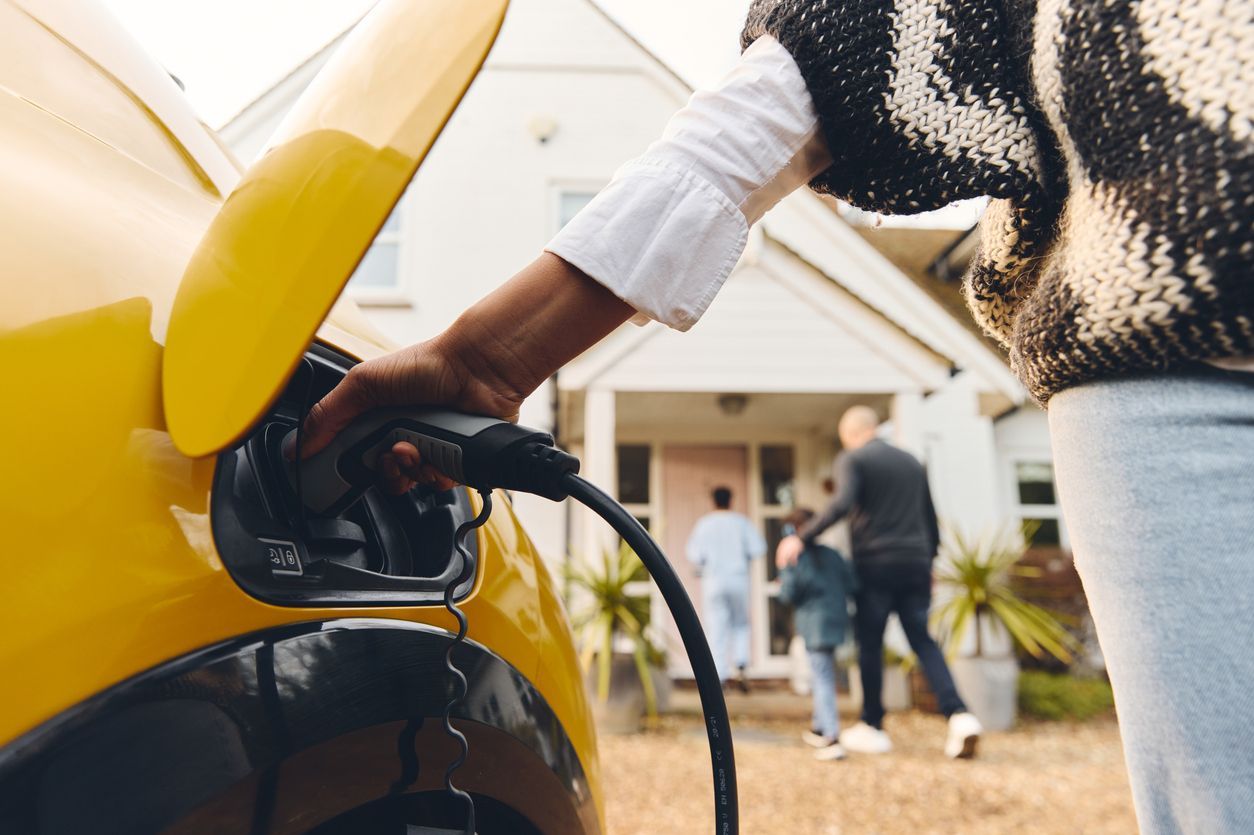As electric vehicles (EVs) steadily proliferate across the global automotive landscape, the infrastructure to support them, especially charging stations, is expanding and diversifying. Understanding the different types of EV chargers is essential for EV owners, businesses looking to install charging facilities, and anyone interested in the future of transportation. These chargers, classified mainly into Level 1, Level 2, and DC Fast Charging (also known as Level 3), vary in terms of charging speed, installation requirements, and usage scenarios. Let’s explore the distinctions between these three primary types of EV chargers and their respective roles in supporting the transition to electric mobility.
Level 1 Charging Stations
Level 1 chargers are the most basic form of EV charging, typically using a standard 120-volt AC outlet, akin to a regular household outlet in the United States. They offer slow charging, generally providing about 4 to 5 miles of range per hour of charging. It can take anywhere from 8 to 20 hours to fully charge an EV, depending on the battery size. Due to their slow charging rate, Level 1 chargers are best suited for overnight charging at home or for topping off an EV’s battery at workplaces where vehicles remain parked for extended periods. Level 1 chargers require no special installation beyond a standard electrical outlet, making them the most accessible but also the least efficient charging option.
Level 2 Charging Stations
Level 2 chargers utilize a 240-volt AC outlet (similar to those used for heavy appliances like dryers in the U.S.), providing significantly faster charging than Level 1 chargers. They can deliver about 12 to 80 miles of range per hour of charging, meaning most EVs can be fully charged in 4 to 8 hours. Level 2 chargers are versatile, suited for both home and public charging stations, including workplaces, retail parking lots, and commercial charging networks. They strike a balance between charging speed and installation cost, making them popular for a wide range of applications. Installing a Level 2 charger often requires electrical upgrades to support the 240-volt outlet, involving a certified electrician to ensure safety and compliance with local regulations.
DC Fast Charging Stations (Level 3)
DC Fast Charging stations, also known as Direct Current Fast Chargers, represent the fastest charging option available, using a 480-volt DC supply to rapidly charge EV batteries. These chargers can add 60 to 100 miles of range in just about 20 minutes, making them ideal for quick recharges during longer trips. Some newer models and vehicles capable of accepting high power can charge up to 80% in under 30 minutes. Given their high-speed charging capability, DC Fast Chargers are primarily located along highways and in public charging stations designed to quickly service EV drivers on the go. DC Fast Charging stations are significantly more complex and expensive to install than Level 1 or Level 2 chargers, requiring specialized equipment and direct connections to high-voltage power lines. Their installation is typically undertaken by commercial operators or governmental entities.
The evolution of EV charging technology, represented by Level 1, Level 2, and DC Fast Charging stations, mirrors the growing diversity and sophistication of electric vehicles themselves. Choosing the appropriate charger depends on a variety of factors, including the specific needs of the EV owner, available infrastructure, and intended use. As EV adoption accelerates, the expansion and integration of these charging levels into public, private, and commercial spaces will be crucial in supporting sustainable and convenient electric mobility for all.



